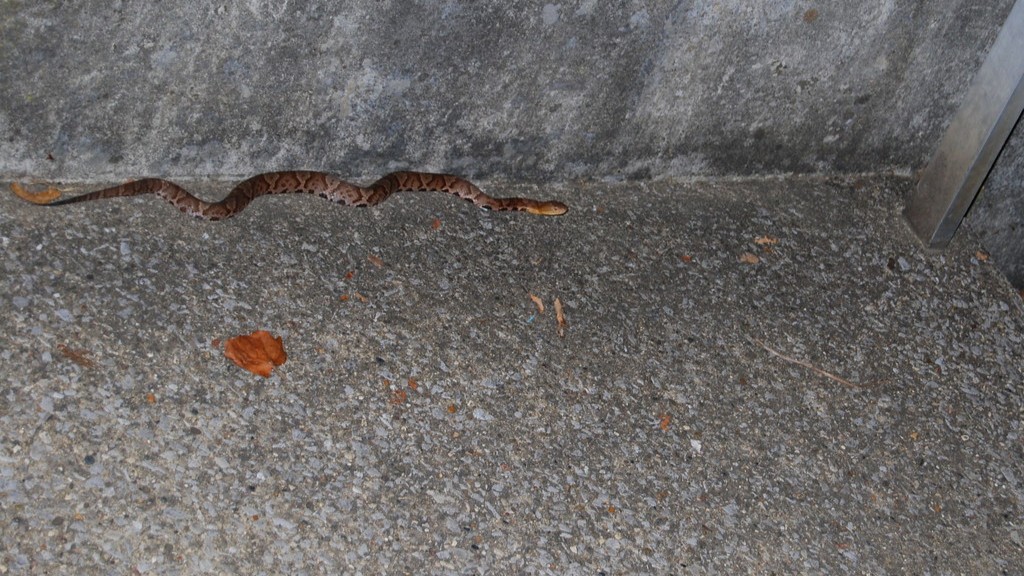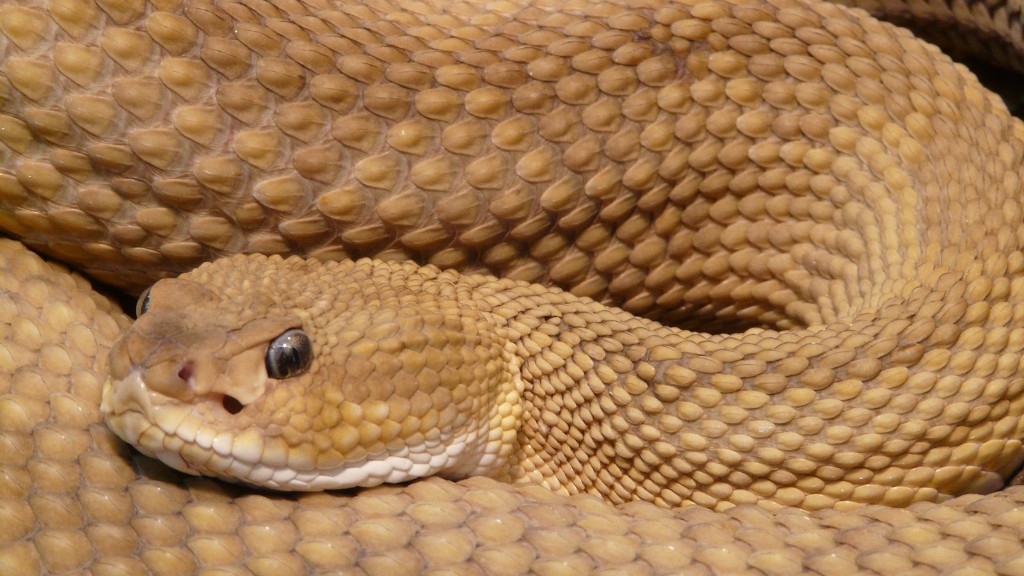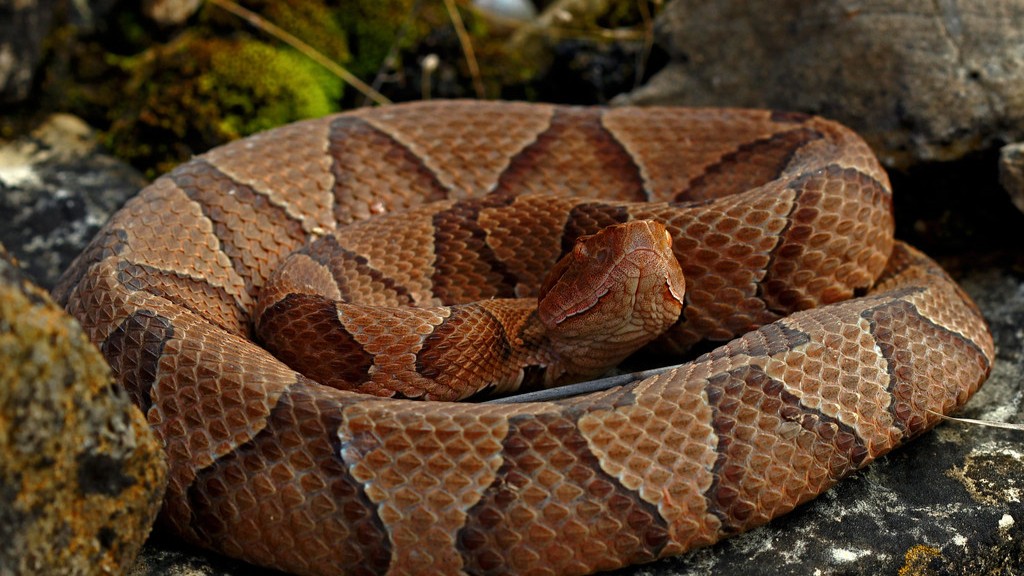Are Copperhead Bites Dangerous to Dogs?
Dogs, often considered our loyal companions, sometimes find themselves in risky encounters with venomous snakes. One such snake, the copperhead, possesses venom that raises concerns among dog owners. In this article, we will explore the potential dangers associated with copperhead bites and discuss how to manage such situations.
Understanding Copperhead Venom
Copperhead snakes, belonging to the pit viper family, are known for their distinctive copper-colored heads. When threatened, they may bite as a defense mechanism. The venom of a copperhead is primarily hemotoxic, meaning it affects blood cells and tissues surrounding the bite site. It typically leads to pain, swelling, and tissue damage.
It is important to note that different dogs may respond differently to copperhead venom, depending on factors such as their size, age, overall health, and the location and severity of the bite. While some dogs may experience only mild symptoms, others may develop more severe reactions, including systemic effects and complications.
Recognizing Symptoms
Identifying the symptoms of a copperhead bite in dogs is crucial in order to seek appropriate medical attention promptly. The following signs may indicate a copperhead bite:
- Localized Swelling:
- Pain and Redness:
- Bleeding and Discharge:
- Systemic Effects:
Swelling around the bite area is a common early symptom. The extent of swelling may vary depending on the size of the dog and the amount of venom injected.
Dogs may exhibit pain, discomfort, and redness at the site of the bite. This can cause them to lick or paw at the area excessively.
In severe cases, puncture wounds from copperhead fangs may result in bleeding or discharge at the wound site.
In more advanced stages, dogs may show signs of restlessness, lethargy, weakness, vomiting, diarrhea, tremors, respiratory distress, or changes in heart rate.
Immediate Actions
If your dog has been bitten by a copperhead, it is important to stay calm and take immediate action. The following steps may help mitigate the impact of the bite:
- Keep Your Dog Calm and Restrained:
- Contact a Veterinarian:
- Do Not Apply Tourniquets or Ice:
- Inspect the Bite Site:
- Avoid Home Remedies:
Minimize your dog’s movement to prevent the venom from spreading further.
Inform your veterinarian of the situation so they can provide guidance and advice based on your dog’s condition.
Contrary to popular belief, these methods can potentially worsen tissue damage and do more harm than good.
Examine the wound without touching it to assess the severity and relay the information to the vet.
While there are various folk remedies suggested online, it is essential to rely on professional veterinary care and not attempt unproven methods that could be detrimental to your dog’s health.
Treatment and Management
Upon arrival at the veterinary clinic, the veterinarian will evaluate your dog’s condition and determine the appropriate course of action. Treatment for copperhead bites typically includes:
- Pain Management:
- Wound Cleaning and Debridement:
- Antivenom Administration:
- Supportive Care:
Medication may be administered to alleviate pain and minimize discomfort.
The wound will be cleaned to remove any debris and dead tissue that could impede healing.
In severe cases or when necessary, antivenom may be administered to counteract the effects of the venom.
Additional supportive measures, such as intravenous fluids and close monitoring, may be necessary to ensure your dog’s well-being during the recovery process.
Prevention and Precautions
While it is impossible to eliminate the risk of copperhead encounters entirely, preventive measures can significantly reduce the chances of snake bites. Consider the following precautions:
- Avoid Snake-Prone Areas:
- Leash Your Dog:
- Train Your Dog:
- Know the Local Snake Species:
- Consider Snake Avoidance Training:
When walking your dog, try to stay away from areas where snakes are likely to be present, such as tall grass, rocky outcrops, or brushy areas.
Keeping your dog on a leash reduces the likelihood of them wandering into snake habitats.
Teaching your dog basic commands, such as “leave it” or “stay,” can help prevent them from approaching snakes.
Being familiar with the prevalent snake species in your area can enable you to recognize potential threats and act accordingly.
Some regions offer specialized training programs to teach dogs to avoid snakes by associating them with unpleasant stimuli, reducing the risk of bites.
While copperhead bites can be a cause for concern, prompt veterinary care and prevention measures can minimize the potential dangers to dogs. Remember, it is important to consult a professional veterinarian for specific guidance tailored to your dog’s unique circumstances.





